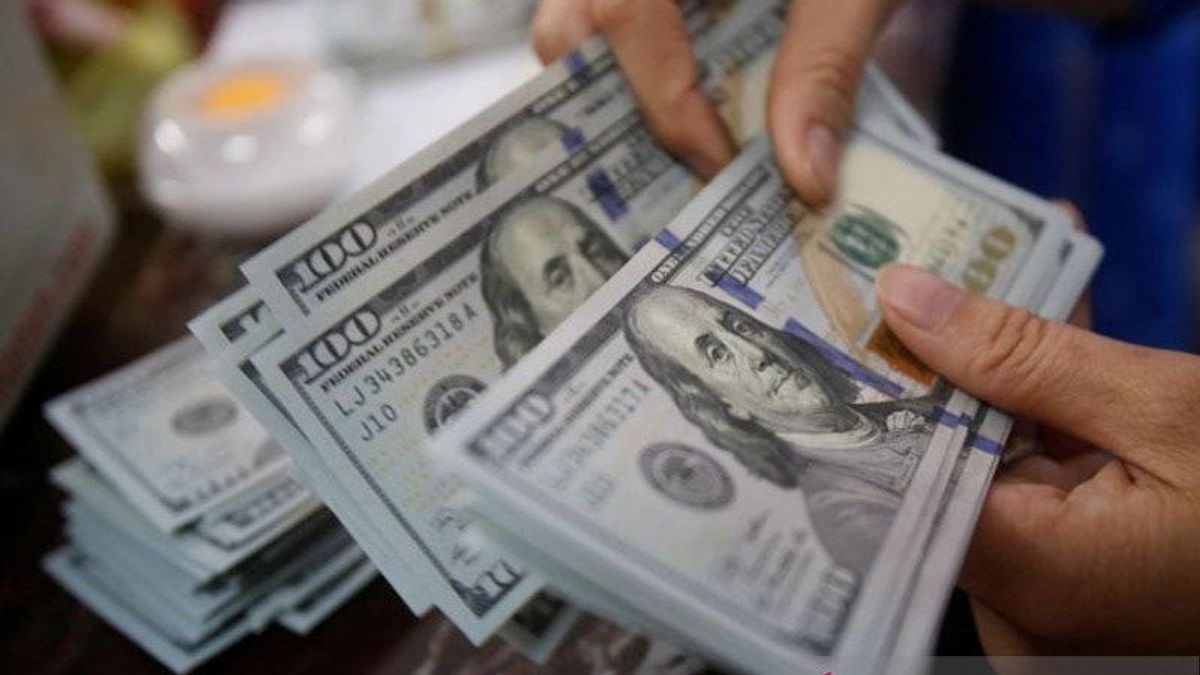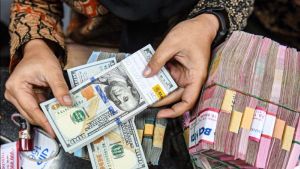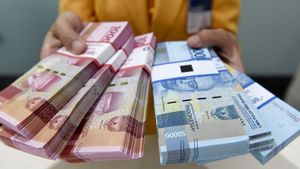JAKARTA – Bank Indonesia (BI) reported that Indonesia's external debt in the first quarter of 2021 amounted to $ 415.6 billion. This amount is claimed by BI to be in a controlled state.
Please note, the external debt value in the first three months of 2021 is better than the IV trimester of 2020 which amounted to $ 417.5 billion or decreased by 0.4 percent.
"The development is driven by the decline in the government's external debt position", BI Communications Department Head Erwin Haryono said in an official statement on Friday, May 21.
In detail, the government's external debt position in the first quarter of 2021 reached $ 203.4 billion or a lower than 1.4 percent from the fourth quarter of 2020.
"The decline is partly due to repayment of loans due during the period January to March 2021, which are mostly bilateral loans", he said.
Annually, government external debt in the first quarter of 2021 grew 12.4 percent year-on-year. This growth is said by the central bank as a form of foreign investor confidence, thus encouraging capital inflows in the domestic Government Securities (SBN) market.
In addition to collecting debt through SBN, the government also withdraws foreign loans, both bilaterally, multilaterally, and commercially, to support the handling of the COVID-19 pandemic and the National Economic Recovery (PEN) program.
"Government external debt remains carefully, credible, and accountable to support priority spending. BI also considers this debt relatively safe and controlled considering that it is almost entirely a long-term financing instrument with a share of 99.9 percent", Erwin explained.
While other sectors that shape Indonesia's external debt are private debt. It is stated that private external debt until the close of March 2021 amounted to $ 209.4 billion which is greater than government external debt. This number is up a thin 0.6 percent from the December 2020 close.
Based on its sector, the financial services industry, electricity procurement, mining, and manufacturing industries became the main contributors to the formation of private external debt with a percentage of 77.4 percent.
"Indonesia's external debt remained healthy as reflected by the ratio of external debt to Gross Domestic Product (GDP) which remained maintained at around 39.1 percent. The amount decreased compared to the ratio in the previous quarter of 39.4 percent", Erwin concluded.
The English, Chinese, Japanese, Arabic, and French versions are automatically generated by the AI. So there may still be inaccuracies in translating, please always see Indonesian as our main language. (system supported by DigitalSiber.id)













